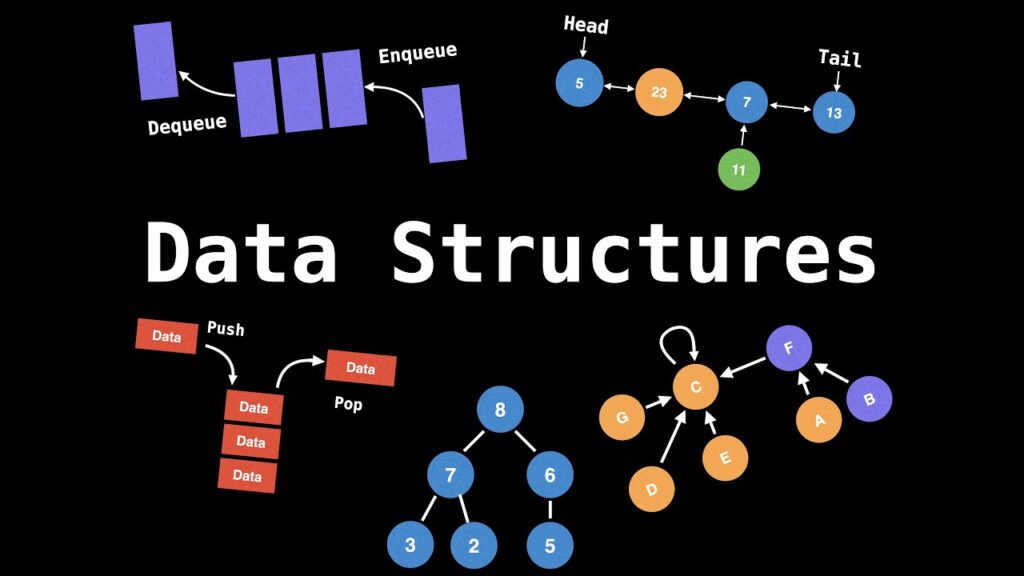Interpretation And Presentation That Help Data Structure

Successful companies nowadays are those that are able to analyse complex data and produce insights and actions that will help them thrive and adapt to their market niche. Data is a key ingredient in all modern-day organisations, so making sense of their business data is what will uncover information and help in decision-making.
But, having data scientists and data users working to gather those insights requires one main thing: structured data. If the data is unstructured, it will be almost impossible to understand, and the decisions will be made based on inaccurate information. Interpretation and presentation are key to helping data structure, aligned with the data transformation process and data mining.
A data structure is a way of data organisation, management, and storage that allows better access to the information, easier research and faster modification to it. The data structure is the collection of data values and the relationship between them, and all the operations and processes that can be applied to the data.
Data Interpretation and Data Structure
To achieve a better data structure, the use of a data interpretation process, in which analytical methods are applied to review the data and arrive at insights and conclusions, is important. The interpretation of data will give data users and data scientists the power to categorise, manipulate and summarise information according to what they are looking for.
Not many companies have a data interpretation process inside their data flow, but when doing it properly, it makes a lot of difference to help data structure. As data arrives from several sources, it’s very likely that it will not come in the same format and will enter into the company’s dataset, compromising the order of the current data and the quality of it – so being able to categorise and manipulate it before the analysis process will ensure accuracy of the information.
The purpose of interpretation is simple: help the company acquire useful information. This should happen regardless of the method or if the interpretation is qualitative or quantitative, and must include a few characteristics:
- The identification and explanation of the data
- Comparing and contrasting information
- The ability to identify data outliers
- Help the users with future predictions
The same happens with data presentation, a process that tends to be overlooked by companies, but can be crucial to help with data analysis. Having the data structured, organised and presented in charts or graphs is what makes the job of gathering insights from massive datasets easier and faster.
Data Transformation in Data Mining
Data mining is another key process for the data structure. It’s the method of analysing the data in order to find patterns, correlations and any other anomalies inside the dataset. With the help of statistics, machine learning (ML) and artificial intelligence (AI), massive datasets can be easily explored to help structure them.
When data gets collected from different sources and loaded into the internal repositories, the data will be cleansed, all the missing information will be added, and the duplication gets removed. All this is completed with mathematical models that help find those patterns – the goal of the data must be defined prior to the process, so the results can be compared with the objectives, and only after the comparison the data will get deployed within the company.
The Process of Data Transformation in Data Mining
The process of data transformation in data mining is done by combining the unstructured data with the structured one, in order to analyze it later. That’s why to achieve a good data structure inside the organisation, this process must be completed before any insights are generated. Values and formats must be in the right format before being evaluated.
The key is to:
- Transform data to make it better organised not only for systems and tools that will read this information but also for all the data users.
- Ensure that the data will be properly formatted to improve its quality and remove any potential missing values, duplicates, incorrect indexing and formats that are not compatible with the company’s tools.
- Ensure that the data will not only be compatible between applications and systems but be used for several purposes and ready to be transformed in different ways when needed.

 Importance of F & I Training Solutions
Importance of F & I Training Solutions  Work-from-Home Travel Ventures: The New Frontier in Global Adventures
Work-from-Home Travel Ventures: The New Frontier in Global Adventures  How to Deal with General Challenges in the Hotel Industry?
How to Deal with General Challenges in the Hotel Industry?  Exploring the Modern-Day Trends in Inventory Management
Exploring the Modern-Day Trends in Inventory Management  Using Option Chain Data for Risk Management
Using Option Chain Data for Risk Management  Spectrum Wi-Fi 6 Router Explained
Spectrum Wi-Fi 6 Router Explained  How a Healthy Living App Fits Modern Life
How a Healthy Living App Fits Modern Life  Reasons To Improve Call Connect Rate
Reasons To Improve Call Connect Rate  Motor Coach Service for Corporate Retreats: A Smart and Comfortable Choice
Motor Coach Service for Corporate Retreats: A Smart and Comfortable Choice